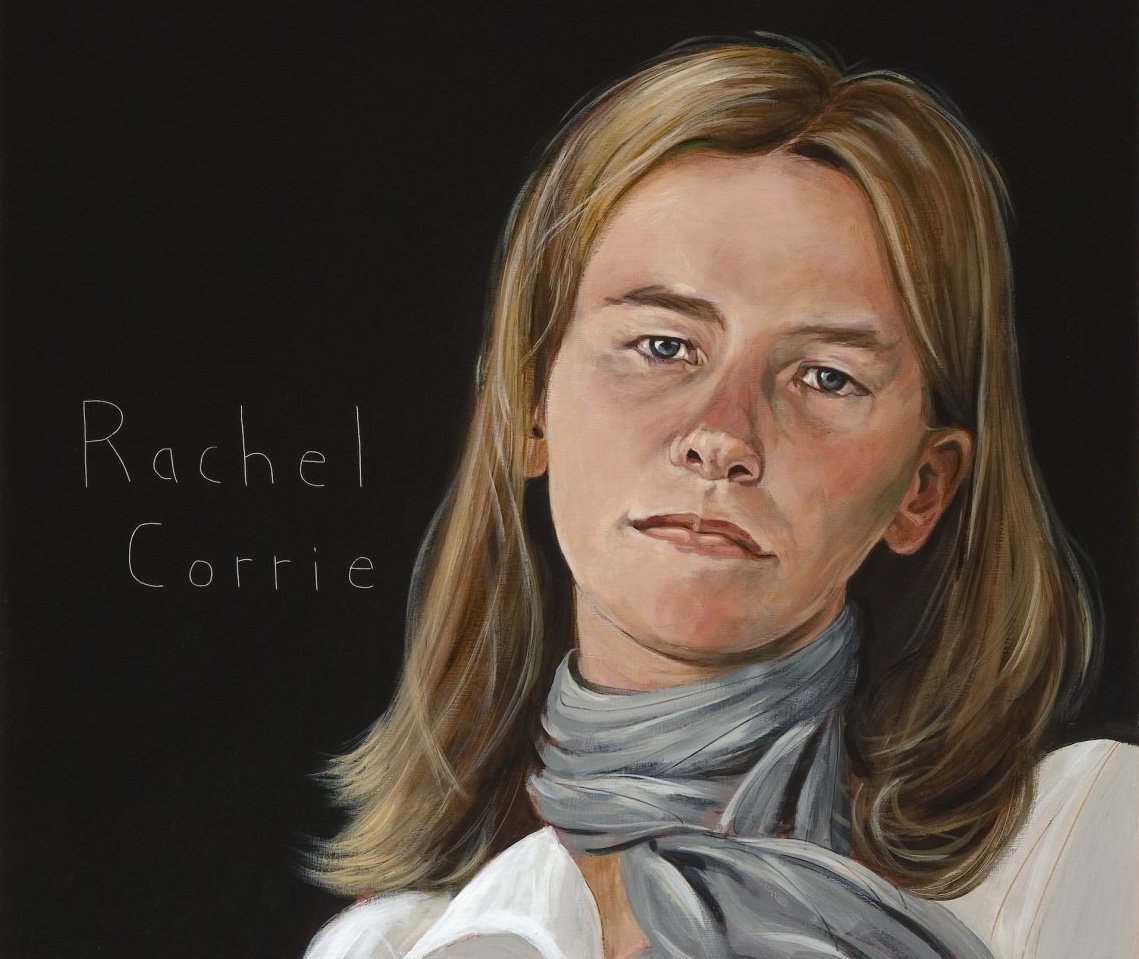Before 2002, self-taught Maine artist and activist Robert Shetterly had never painted a portrait. That changed after the September 11 attacks, when the United States government launched a wide-scale military campaign whose death toll is estimated at over 4.5 million people in countries including Afghanistan, Iraq, and Yemen, with 38 million people displaced from their homes.
“I was so upset, angry, full of grief, and feeling so alienated from this country that I thought I had to respond, that I couldn’t go on doing what I was doing,” Shetterly told Hyperallergic.
This feeling of inner turmoil and exasperation catalyzed the artist’s Americans Who Tell The Truth series (2002–ongoing), for which Shetterly has produced 270 portraits of individuals who have worked to address a variety of social, environmental, and economic issues. Next month will see the publication of 50 colorful portraits centering on peace activists like Dorothy Day, Howard Zinn, and Alice Walker, compiled in a book entitled Portraits of Peacemakers (New Village Press). Alongside short biographies elaborating on the subjects’ lives and work, it contains essays by academics, activists, and cultural commentators including Alice Rothchild, Kali Rubaii, and David Swanson.

The 36-by-30-inch portraits were each created via an approximately week-long process that involves a combination of brushes, palette knives, fingers, and a dental pick, which Shetterly uses to inscribe subjects’ quotes into the works’ surfaces. But the physical act of painting is just one component of these depictions.
“I actually spend more time researching than I do painting,” the artist explained, adding that he often compiles multiple pages of potential quotes to etch before narrowing down his options. In cases where the subject is still alive, he contacts them for feedback before making any final decisions.
Collectively, the portraits form a picture of multiple generations of peacemakers, whose varying approaches to activism span grassroots organizing, journalism, public service, diplomacy, education, and authorship. Though their work may seem unrelated to each other, Shetterly points out that these subjects are connected on a foundational level.




“Sometimes [the cause is] all about race. Sometimes it’s about gender. Sometimes it’s about the environment and climate. Often it’s about peace or peacemaking. Always, though, it’s about people with the courage and perseverance to insist that politicians and media tell the truth about what’s being said, what the real problems are, and how they can be fixed,” Shetterly said.
To this point, Portraits of Peacemakers draws throughlines between the lives of individuals like the peace advocate Rachel Corrie, who was killed by an Israeli armored bulldozer in 2003 while protesting the military’s razing of Palestinian homes; former US soldier Camilo Mejía, whom the military convicted of desertion after he refused to return to the battlefield in 2004; and early 20th-century union organizer and war objector Ben Salmon, who lived and died by the belief that “there is no such animal as a just war.”

Broadcast journalist Amy Goodman, co-founder of the independent news program Democracy Now! and one of the book’s featured peacemakers, told Hyperallergic that she is “incredibly honored to be included, and humbled to be in the company of the remarkable people whom Robert has painted.”
While Shetterly has spent the last 22 years recreating the likenesses of others, he admitted that he has never ventured to paint himself and probably never will.
“When people ask me that question, I say that this project is my self-portrait,” Shetterly said. “This is me, and these are the things I believe in, the people I believe in.”






